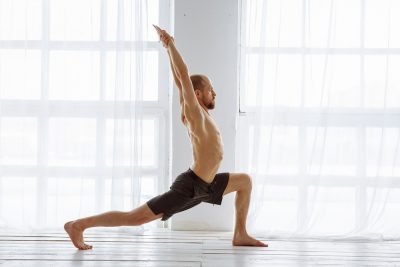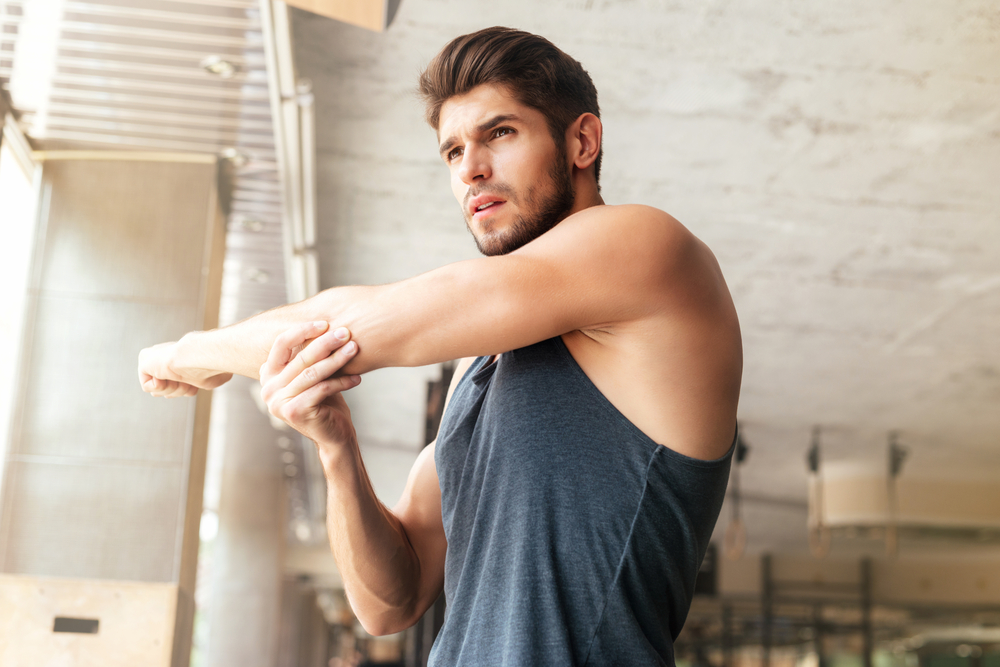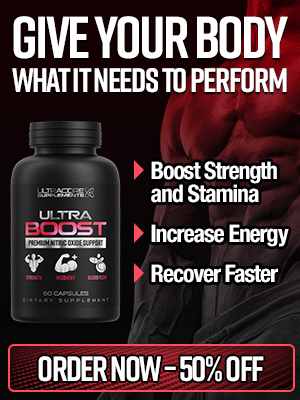Dynamic stretches involve active movements in which your muscles and joints would have to undergo a complete range of motion. Before you start exercising, these stretches are useful for warming up your body. Dynamic stretches can be referred to as functional exercises as they mimic the movement of you’re the sport or activity you want to execute. For instance, as a swimmer, you can circle your arms before you start swimming.
Dynamic stretches are also a variety of movements that get your body moving before performing an exercise. These movements can be walking lunges and trunk twists.
Benefits of dynamic stretches
These are the benefits that are associated with dynamic stretches;
Body awareness improvement
Dynamic stretches can help boost your body awareness because it mimics the movement of the exercise you are about to perform, unlike the standard static stretching. Dynamic stretches can also work as part of a full-body warm-up, and it can be more efficient than your regular warm-up by itself, such as jogging. This is because it gives you enough preparation for the patterns and movement you will be using while performing your exercises.
Muscular performance improvement
Research has shown that dynamic stretches can result in a massive improvement when it comes to activity performance. These stretches are good for improving your acceleration, agility, and speed.
Flexibility improvement

Inflexibility and muscle weakness are two factors that lead to sports injuries the most. Performing dynamic stretches would help in the prevention of injuries during your everyday activities and athletic ventures by strengthening your joints’ muscles and increasing the range of motion.
It reduces your chances of getting injured
It seems like the perfect idea to jump right into a workout, and it doesn’t seem so great anymore when you twist a joint or pull a muscle due to improper preparation. Dynamic stretches help to reduce the chances that you are going to get yourself injured because it helps to boost your circulation and limber up your muscles. Dynamic stretches are more like a way to provide extra help to your joints.
It shortens your recovery time
In addition to making you less susceptible to injuries, dynamic stretching will also make your recovery time shorter and also help with your general post-workout soreness. This is because your muscles are warmed up and can move more quickly.
Dynamic stretches for upper body
As a weightlifter, you can prepare your upper body for the stress it is about to undergo by doing dynamic stretches. These are some of the dynamic stretches you can try for your upper body;
Spinal rotations
These are the steps to perform the spinal rotations;
- Stand tall and keep your feet apart by a distance of shoulder width and ensure your arms are out to your side at shoulder level.
- Keeping your torso stationary, start rotating your body back and forth slowly from left to right.
- Do this about 5 – 10 times.
Arm swings
These are the steps to perform the arm swings;
- Standing, extend your arms out in front of you at shoulder level and keep your palms facing down.
- Take a step forward while swinging your two arms to the left, and have your right arm reach in front of your chest and your left arm reaches out to the side.
- While swinging your arms, ensure you turn your shoulder joints alone and keep your torso facing straight.
- Keep walking and alternating the direction of the swing.
- Do this movement five times each on both sides.
Dynamic stretches for runners

Many benefits can be gained from dynamic stretches by runners if it is utilized as a warm-up. These are some of the best dynamic stretches for runners;
Jog to quad stretch
These are the steps to perform the jog to quad stretch;
- Jog on the spot for about three seconds.
- Reach back one leg and hold one foot for stretching of your quad. Maintain this position for about three seconds.
- Then, go back to the jogging movement for another three seconds.
- Perform the stretch with your other leg
- Do the stretch 5 – 10 times.
Leg Pendulum
These are the steps to perform the leg pendulum;
- Stand and start swinging your right leg back and forth while you balance with your left leg. If you need to, you can hold onto a wall.
- Keep swinging back and forth for about 5 – 10 times.
- Then, keep your right leg down, and do the movement with your left leg, swinging it 5 – 10 times.
- Then you can face the wall and swing your legs from one side to the other as you wish.
Large arm circles
These are the steps to perform the large arm circles;
- Stand tall and extend your arms out to your sides.
- Then start making large circles by swinging your arms.
- Swinging your arms forwards, perform 5 – 10 reps.
- Then repeat the movement by swinging your arms backward.
Dynamic stretches for warming up
Before you exercise, it is recommended that you perform dynamic stretches as they are a great way to warm up. The following moves are mostly involved in a dynamic stretching routine.
Arm circles
These are the steps to perform the arm circles;
- Stand tall and keep your feet apart by a distance of shoulder width and extend your arms out to your side at shoulder level.
- Start circling your arms with a slow and controlled movement. Start with small circles and make your way to making large circles. Do 20 circles.
- Start swinging your arms the opposite way, doing 20 more circles.
Lunge with a twist
These are the steps to perform this stretch;
- From your standing position, lunge forward with your left leg, ensuring that you do not extend your knee farther than your ankle as it is supposed to be positioned directly above your ankle.
- Use your right arm to reach overhead and bend your torso to the left side.
- Revert to the standing position by bringing your left leg back. Then, lunge forward with your right leg.
- Do this movement five times each on both legs.
Hip circles
These are the steps to perform the hip circles;
- Your starting position is standing on your right leg. If you need support, you can hold onto a wall or countertop.
- Then start swinging your left leg gently in small circles out to your side.
- You should do 20 circles with your left leg, then switch to your right leg.
- As you become more flexible and comfortable with the movement, you can start making larger circles.
When you should use dynamic stretching
Dynamic stretches are mostly performed before you start any workout. It is useful for warming up your body in addition to getting your muscles active and pumped for work. The following are examples that could gain from doing dynamic stretches;
- Before cardiovascular exercise: Whether you are going to be swimming, in boot camp, or running, you can do dynamic stretches to ready your muscles and get them all warmed up.
- Before weightlifting: Research has shown that performing dynamic stretches can improve leg extension power and overall performance when compared to no stretching or static stretching.
- Before sports or athletics: Other research also suggest that dynamic stretching may provide benefits for athletes that would be jumping or running, which includes sprinters, soccer players, and basketball players.
Dynamic stretching vs. static stretching
Dynamic stretches are not similar to static stretches. Static stretches are stretches where you extend and hold your muscles for a prolonged period. Some of these stretches include the butterfly stretch and the triceps stretch.
On the other hand, dynamic stretches focus on getting your body moving. You don’t have to hold the stretches for any period. Dynamic stretches include movements like arm circles.
Are dynamic stretches safe?
If you are injured, it is recommended that you do not perform dynamic stretches unless you are given the go-ahead by your physical therapist or doctor. Also, people who are aged 65 and above should take it easy when doing dynamic stretching. It might be more beneficial to try out static stretches. If you are going to be performing exercises that require flexibility such as yoga, ballet, and gymnastics, you should try static stretching.
Can dynamic stretching be used for cooling down?
You don’t need to do dynamic stretches for cooling down even if it is essential for warming up. In the cooldown stage, you are looking to bring down your temperature, while dynamic stretches bring up your core temperature. If you are looking for stretches to cool down, you can try static stretches like the hamstring stretch, cobra stretch, or quadriceps stretch.
Conclusion
So, when next you want to participate in a sport, or you want to perform an exercise, you should add dynamic stretching as part of your warm-up. When you do this, you will see that your body is more stretched out and energized and fully equipped to power you through your activities. It is important to always discuss with your doctor about the new exercise program you want to take on.








COMMENTS